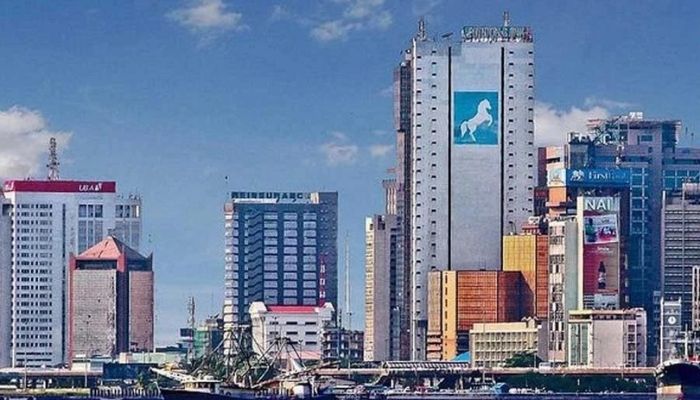Nigeria’s banking system experienced a decline in liquidity in the fourth quarter of 2024 compared to the previous quarter, as a result of various monetary policy measures aimed at controlling cash flow in the financial sector, as well as to tame inflation.
The Central Bank of Nigeria (CBN) implemented a series of liquidity management tools, leading to a contraction in available funds within the banking industry.
The reduction in liquidity was largely influenced by several key factors, including the repayment of funds borrowed through the Standing Lending Facility (SLF), where banks had to settle short-term loans obtained from the CBN. The Cash Reserve Ratio (CRR) debits also played a role, as the apex bank withdrew mandatory reserves from commercial banks, limiting their ability to extend credit. Open Market Operations (OMO) sales, which involve the sale of government securities to banks, further reduced the available cash in the financial system, while the issuance of Nigerian Treasury Bills (NTBs) added to the liquidity drain by absorbing funds through short-term debt instruments.
Foreign exchange open market operations (FX-OMO) swap settlements also contributed to the decline, as transactions conducted by the CBN led to the removal of naira liquidity from the banking system. These actions collectively resulted in a contraction of the average net industry balance, which fell by 6.25 percent to N0.15 trillion from N0.16 trillion recorded in the preceding quarter.
Read also: Ranked: Meet top Nigerian banks driving shareholder value
The tightening of liquidity conditions suggests that banks had less cash available for lending and other financial activities, a situation that could impact credit availability for businesses and individuals. The CBN’s interventions were aimed at controlling inflation, and stabilising the exchange rate. The reduction in excess liquidity aligns with the central bank’s strategy of ensuring stability within the financial sector while managing macroeconomic pressures.
The apex bank said in its economic report for the fourth quarter of 2024 that activities at the standing facility window in Q42024 reflected the
moderate liquidity condition in the banking system. Total transactions at the SLF window increased to N44.83 trillion from N27.95 trillion in the preceding quarter, with daily average rising to N0.73 trillion from N0.43 trillion. At the standing deposit facility (SDF) window, transactions declined to N15.00 trillion from N15.07 trillion, as daily average rose slightly to N0.24 trillion from 0.23 trillion in the preceding quarter.
A breakdown of the open market operations indicated that the total amount offered, subscribed, and allotted were N5.08 trillion, N10.26 trillion, and N8.34 trillion, respectively, compared with N2.80 trillion, N2.96 trillion, and N2.34 trillion in the preceding quarter. The stop rate was 24.67(±0.72) per cent, relative to 21.42(±2.94) per cent in the preceding quarter.
According to the report, subscriptions for NTBs increased, while those for FGN Bonds
declined in Q42024, relative to the levels in the preceding period.
Total NTBs offered, subscribed, and allotted across tenors amounted to N2.77 trillion, N6.73 trillion and N3.39 trillion respectively, compared with N1.69 trillion, N4.19 trillion, and N1.62 trillion in Q32024. The higher subscription was attributable to increased stop rates on all the maturities at 19.90(±3.6) per cent, from 19.20(±2.9) in the preceding quarter.
The report noted that lower amount of FGN Bonds of various tranches were offered (N0.42 trillion), subscribed (N1.04 trillion) and allotted (N0.85 trillion), compared with N0.64 trillion, N1.15 trillion, and N0.86 trillion, respectively, in the preceding quarter. The marginal rate was
21.38(±1.38) per cent relative to 20.49(±1.49) per cent in the preceding quarter, while the bid rate stood at 21.00(±3.00) per cent compared with 22.00(±8.00) per cent.







